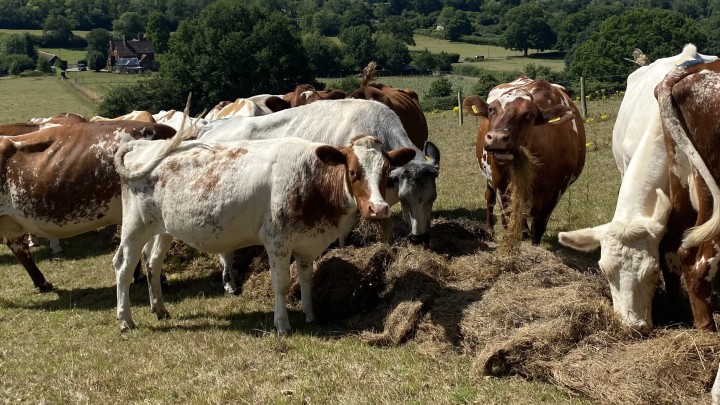With heatwaves and long, dry spells becoming a regular occurrence, we asked farmers for top tips on how to cope with a changing climate.
The weather and our changing climate have dominated agricultural headlines in 2025, with farmers facing huge challenges from heatwaves and long, record-breaking dry spells.
Adopting nature-friendly farming techniques can help farmers mitigate the impact of these volatile weather patterns and continue producing food sustainably. We asked three of our farmers, representing the livestock, arable and dairy sectors, to share their top tips on how they handle drought and manage the availability of water throughout the year.
Jack Cockburn - Treberfedd, Ceredigion
For me, one of the most important things for handling the conditions we’re now seeing more regularly is shade. We’re a livestock grass farm, and I’ve noticed that in hot and dry weather, the grass that is shaded by trees or hedges for at least part of the day keeps growing and is considerably greener than that in the centre of the fields in full sun.
I would assume the rates of evapotranspiration from the soil and plants are lower in shaded areas. The soil closer to the trees could also be holding more organic matter from the accumulated leaf deposits over years, improving its capacity to hold water.



